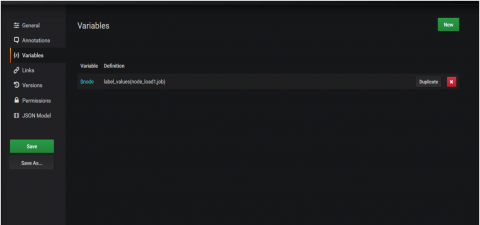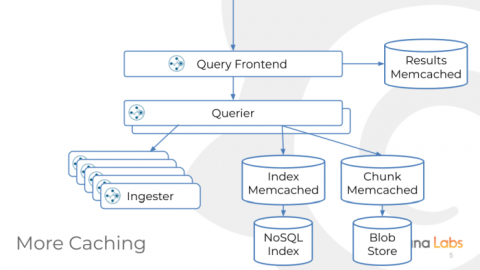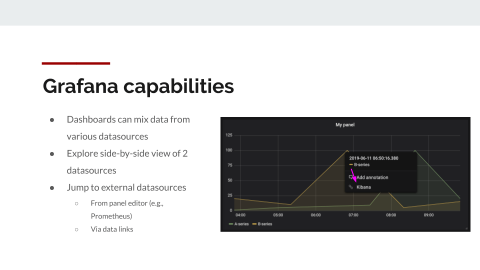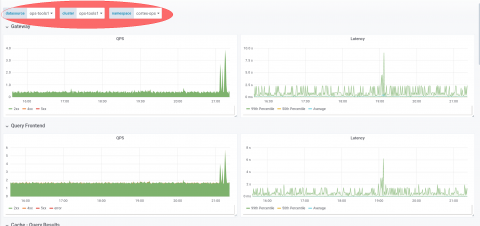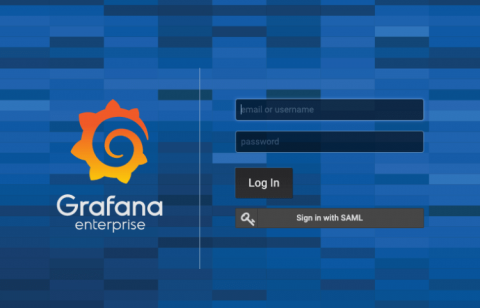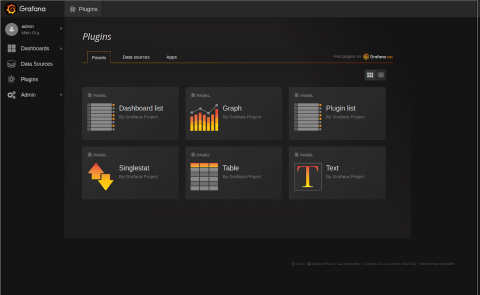How Many Metrics? A Guide to Estimating the Size of Your System
Our hosted metrics offering, Grafana Cloud, is billed based on usage; a common question we get is “How much will it cost to monitor N servers?” We charge $49/month for every 3,000 active series or 18,000 data points per minute (dpm), whichever is higher. To help you understand what that translates to in terms of how much storage you need, here’s a rough guide to estimating the size of your system.



